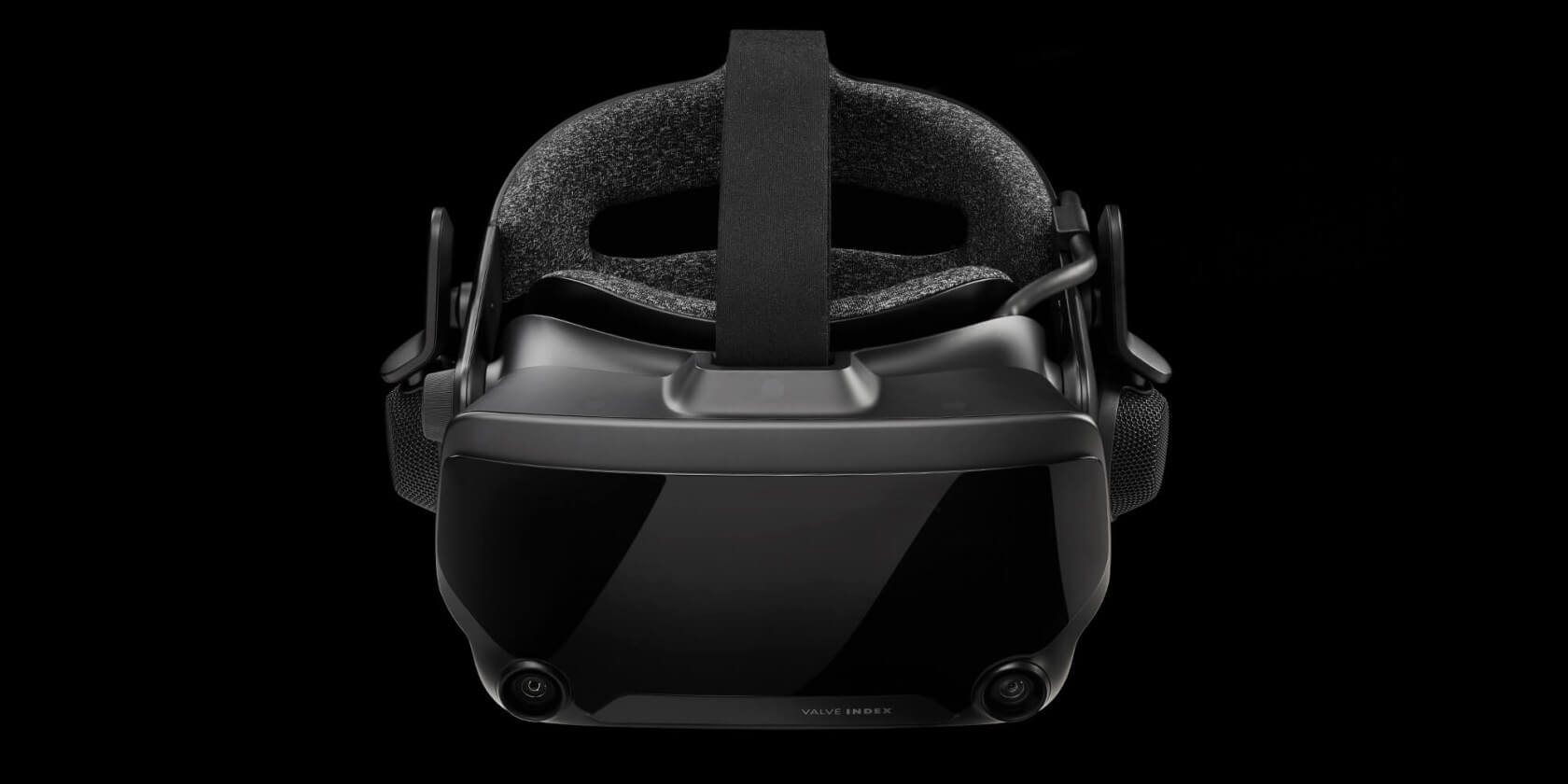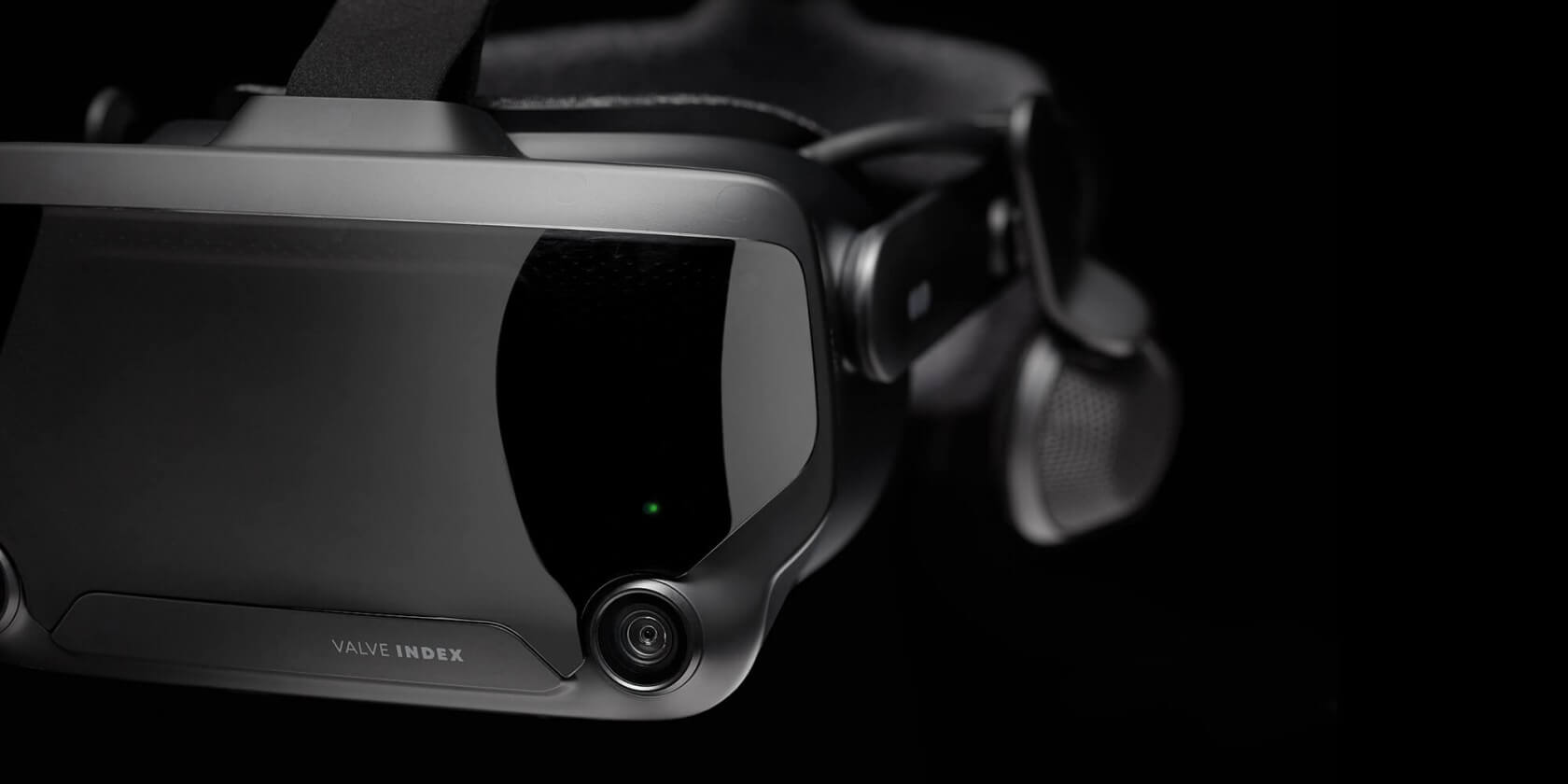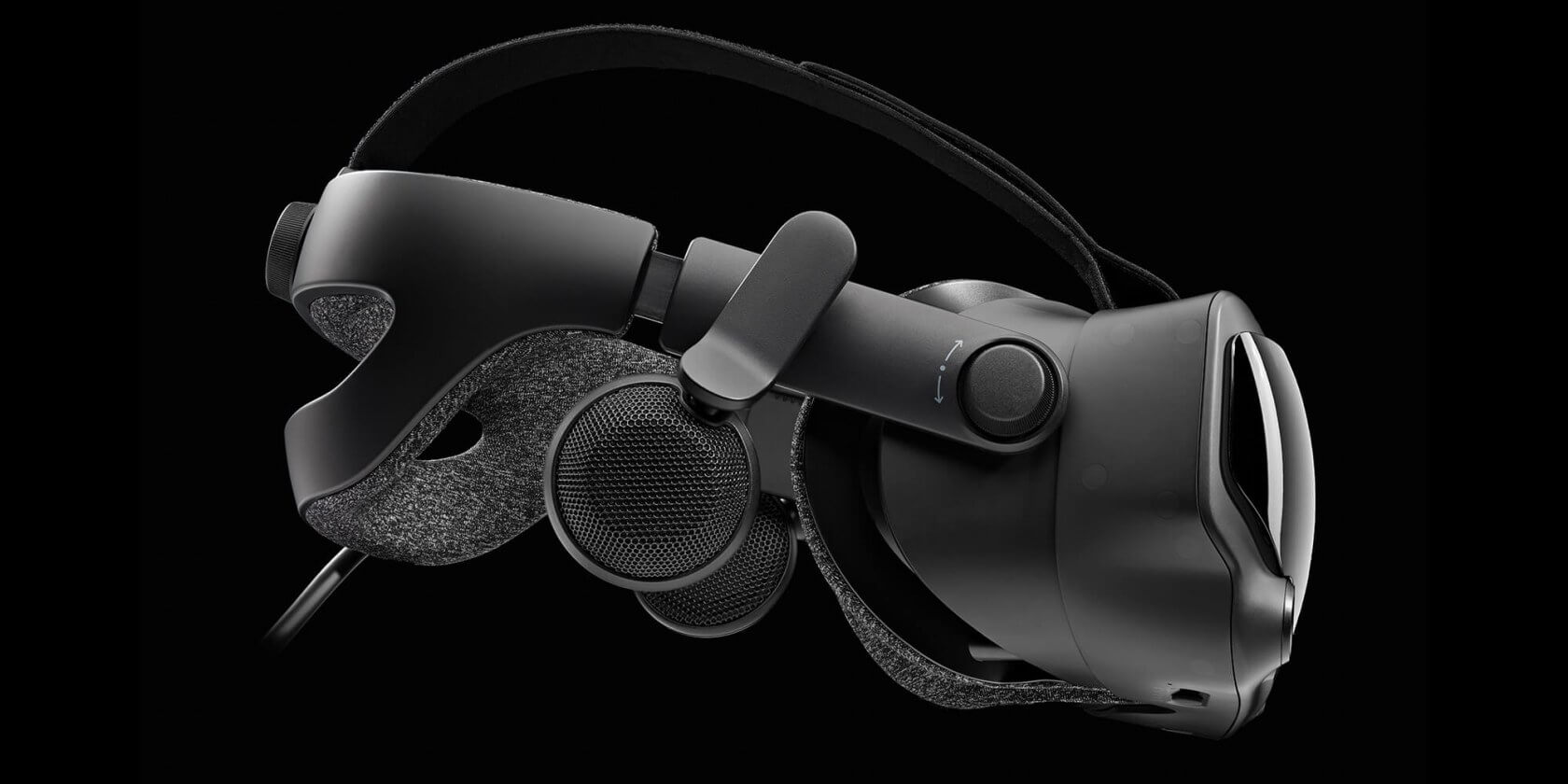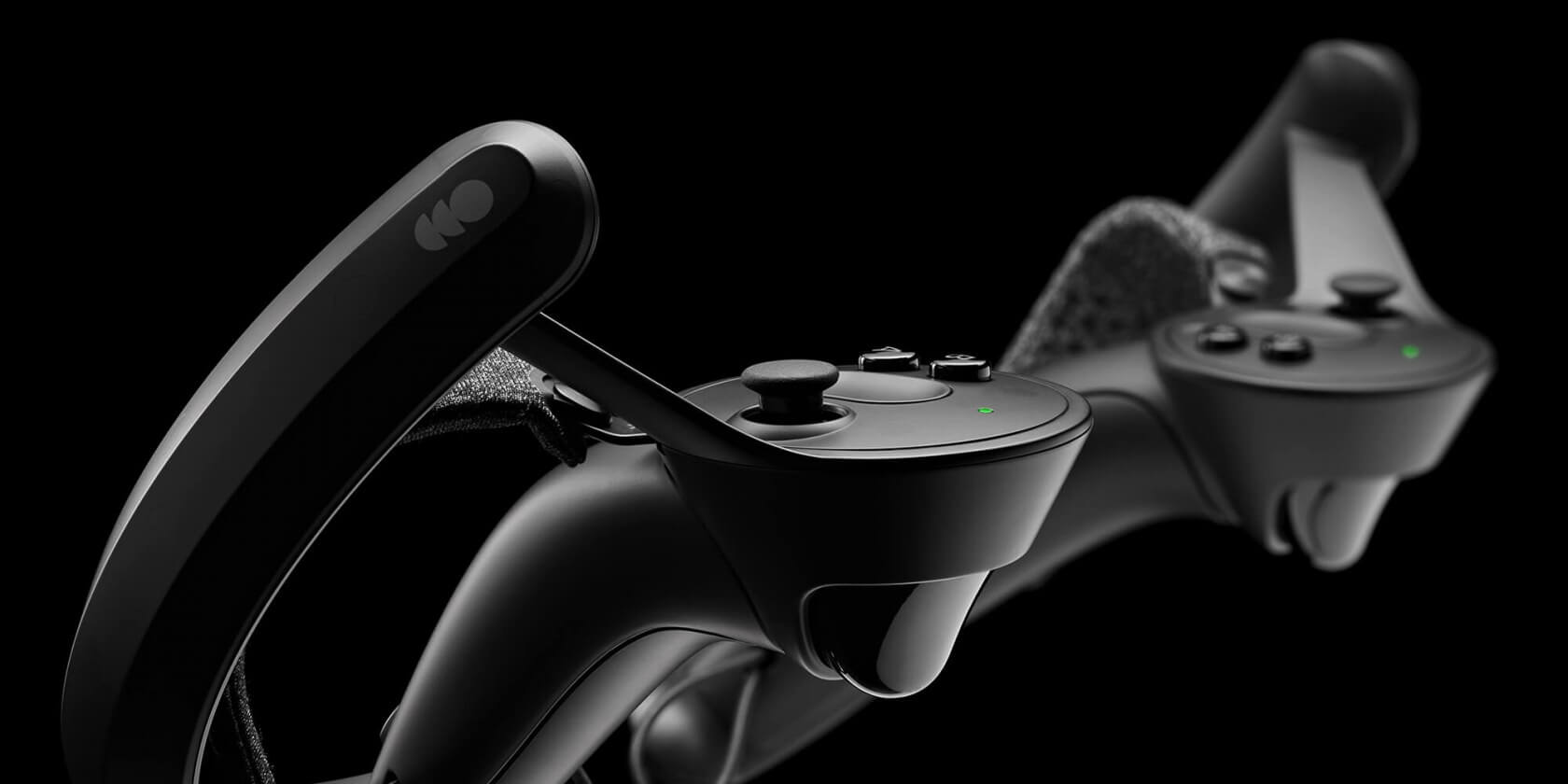Highly anticipated: While it seems most other virtual reality headset makers are focusing on lowering prices and making the industry as accessible as possible, Valve is going in the opposite direction with its new 'Index' wearable. It was initially teased back in March, but now it's been fully revealed, and it won't be cheap.

For a full Index kit, you'll be shelling out a whopping $999, though that price can be lowered to $749 if you already have a set of Vive base stations. The Index is backwards compatible, so you'd only be paying for the controllers and the headset (with a slight discount from Valve).
If you want to go for a full part-by-part approach (perhaps to fit the system into your budget), the Index headset alone is $500, the controllers are $279, and the base stations are $149 each.

With pricing out of the way, let's talk specs. The Index headset itself will ship with dual 1440x1600 LCD displays, which allegedly provide "50% more subpixels" than OLED screens. In theory, this means the Index should grant users a sharper experience, with a "greatly" reduced screen door effect.
By default, the Index runs at 120Hz, but it can be reduced to 90Hz for older titles. If you have particularly top-notch hardware, feel free to test out the Index's "experimental" 144Hz mode for increased smoothness.

So, what sort of hardware will you need to take advantage of these high-fidelity visuals? The minimum requirements are an Nvidia GeForce GTX 970 (or AMD equivalent), 8GB of RAM, and any dual-core CPU with hyperthreading. The recommended requirements demand a GTX 1070, 8GB of RAM, and a quad-core CPU.
Visuals aside, Valve is promising a more immersive audio experience as well. The main "innovation" here is the Index's headphones - instead of covering your ears, they're suspended slightly away from your head, allowing for improved comfort and more "natural" audio.
Many aspects of the Index are customizable, which lines up with Valve's emphasis on "immersion and comfort." You can fine-tune the Index's visuals with eye relief and "IPD" (eye distance) adjustments, or fiddle with head size, face angle, and ear position-related dials. While we can't say precisely how these adjustments work without testing out an Index for ourselves, Valve does claim that "95%" of human heads will fit perfectly into the headset with a few tweaks.

Finally, it's worth drawing attention to the Index's unique controllers. As we reported way back in June 2017, Valve has been quietly working on a fairly revolutionary type of VR controller that features five-finger tracking - instead of relying on triggers or buttons to interact with your virtual environment, the Valve Index Controller (once simply called "Knuckles") lets you use your hands and fingers. You can make the peace sign (or other, less-friendly gestures), and drop or pick up objects by simply opening and closing your hand.
If you want to snag an Index for yourself, the full kit will be available for pre-order tomorrow, on May 1.
https://www.techspot.com/news/79879-valve-fully-reveals-index-vr-headset-five-finger.html